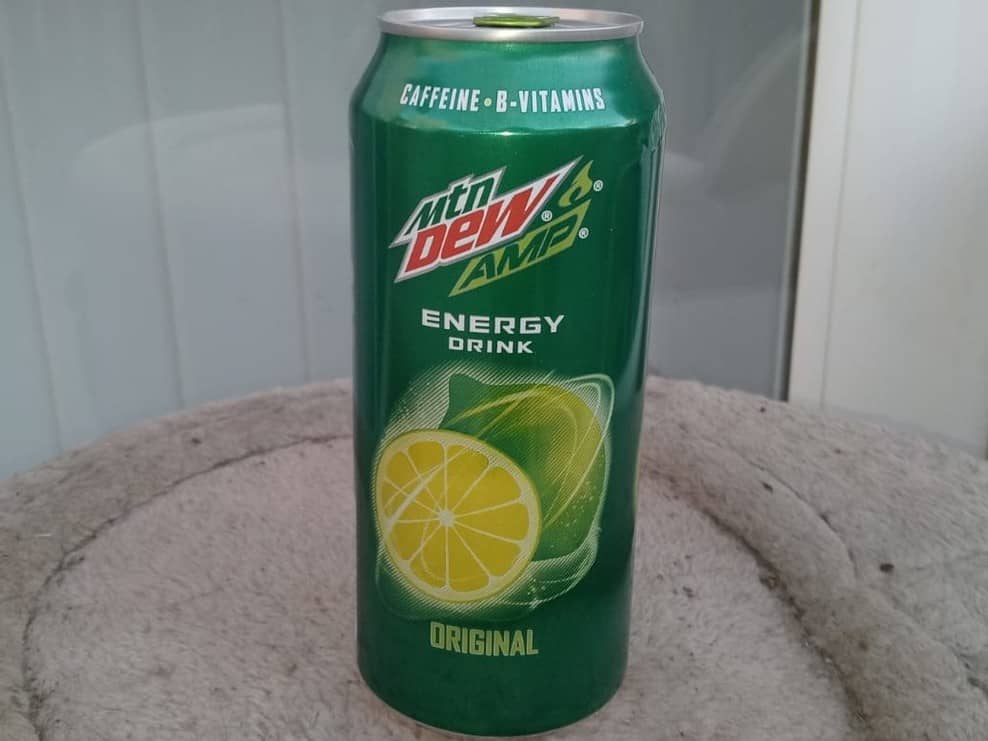

( 15), thereby providing specific recommendations for adolescents to prevent cardiac arrhythmias ( 16). Increasing evidence of negative cardiovascular effects in response to ED consumption was recently highlighted by Sanchis-Gomar et al.

Moreover, there are 8 case reports in which large intakes of EDs were found to be associated with myocardial ischemia, with no additional triggers in the majority of cases ( 14). ED, energy drink NA, not applicable -, content unknown, but ingredients include high-fructose corn syrup.Ī recent clinical review focused on adverse health events in response to the ingestion of EDs and found that >50% of their included case reports were related to the cardiovascular system, followed by neurological issues ( 13). Although these restrictions have since been lifted ( 10), Lithuania was the first European country to ban ED sales for minors ( 11) and, currently, the European Union is considering a sales ban of EDs for persons <18 y ( 12).ġRed Bull, Red Bull GmbH Monster, Monster Beverage Rockstar, Rockstar, Inc. At the beginning of the 21st century, early concerns arose about the safety of EDs because they had been linked to cardiovascular complications ( 8), which led to sales restrictions and even bans in some European countries ( 9). However, only a few dominate the market, and there is not much difference in caffeine and sugar content when comparing the market leaders ( Table 1). To date, there exists an abundance and variety of EDs on the market, with >200 brands in the United States alone ( 4).

The majority of EDs are targeted toward young adults aged between 18 and 34 y, with a reported consumption frequency of 1–4 EDs/mo ( 3) and approximately half of college student “ED users” consumed EDs while studying or working on a major project ( 3). Indeed, the popularity of EDs has substantially increased since their introduction around 1960 ( 1), and this subcategory been found to be one of the fastest growing segments in the beverage industry ( 2).

One substantial subcategory of soft drinks that is considered to be one of the most popular is represented by energy drinks (EDs). Research areas and gaps in the literature are discussed with particular reference to the use of energy drinks among high-risk individuals. This article reviews the potentially adverse hemodynamic effects of energy drinks, particularly on blood pressure and heart rate, and discusses the mechanisms by which their active ingredients may interact to adversely affect the cardiovascular system. However, a role for other active constituents, such as taurine and glucuronolactone, cannot be ruled out. Recent well-controlled, randomized crossover studies that used continuous beat-to-beat measurements provide evidence that cardiovascular responses to the ingestion of energy drinks are best explained by the actions of caffeine and sugar, with little influence from other ingredients. These inconsistencies are due, in part, to differences in methodologies, volume of drink ingested, and duration of postconsumption measurements, as well as subject variables during the test. However, inconsistencies in the current literature render it difficult to draw firm conclusions with regard to the effects of energy drinks on cardiovascular and cerebrovascular variables. The vast majority of studies carried out in the general population report effects on blood pressure and heart rate. Scientific interest in their effects on cardiovascular and cerebrovascular systems in humans is also expanding and with it comes a growing number of case reports of adverse events associated with energy drinks. Globally, the popularity of energy drinks is steadily increasing.


 0 kommentar(er)
0 kommentar(er)
